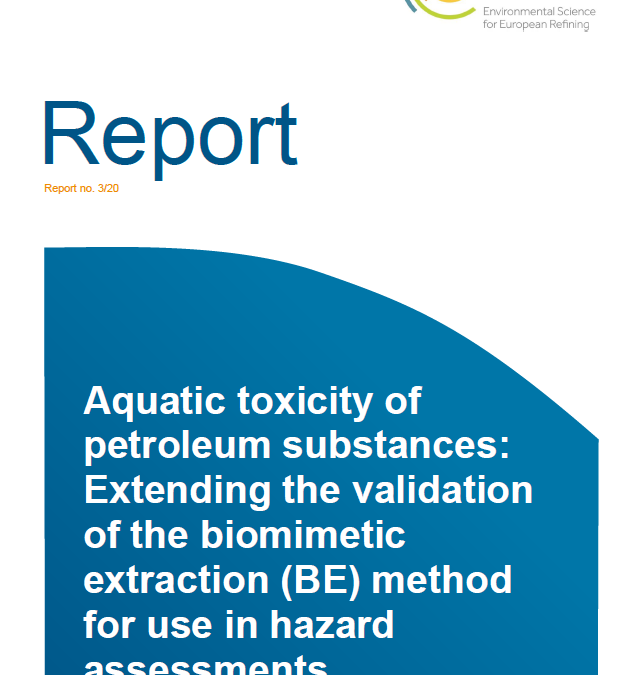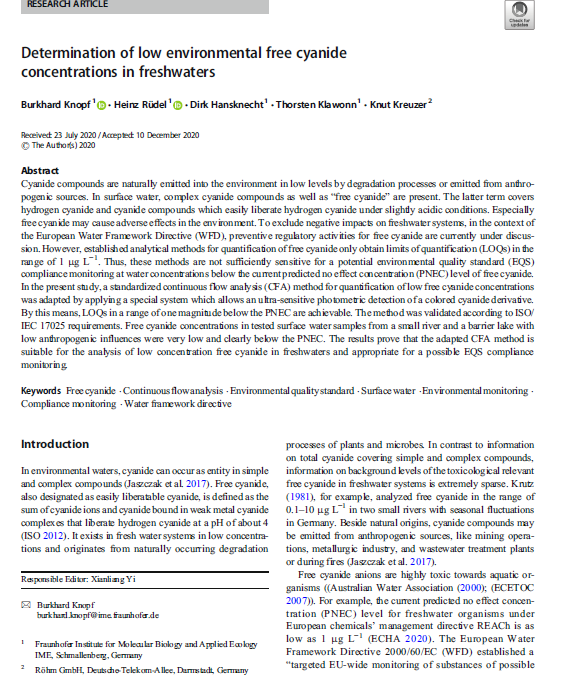

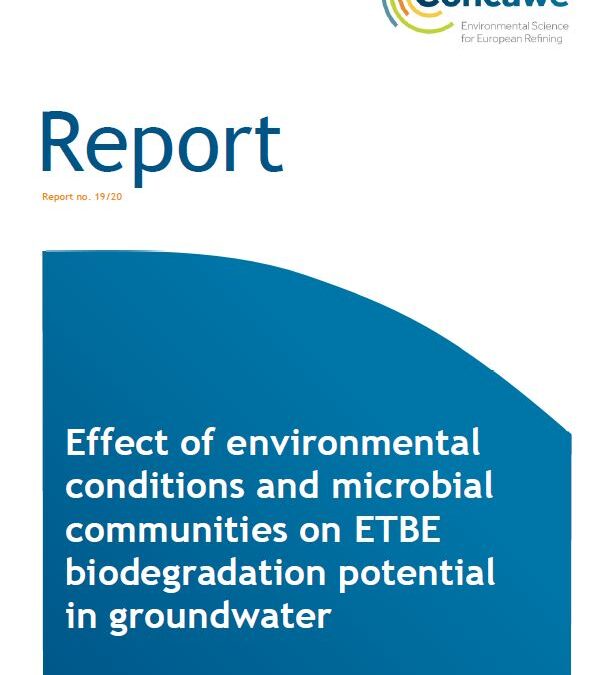
Effect of environmental conditions and microbial communities on ETBE biodegradation potential in groundwater
Report no. 19/20: This report describes research carried out to determine: a) the environmental conditions which may support Ethyl tert butyl ether (ETBE) biodegradation in groundwater, b) the prevalence of ETBE biodegradation potential at ETBE-release sites (mainly)...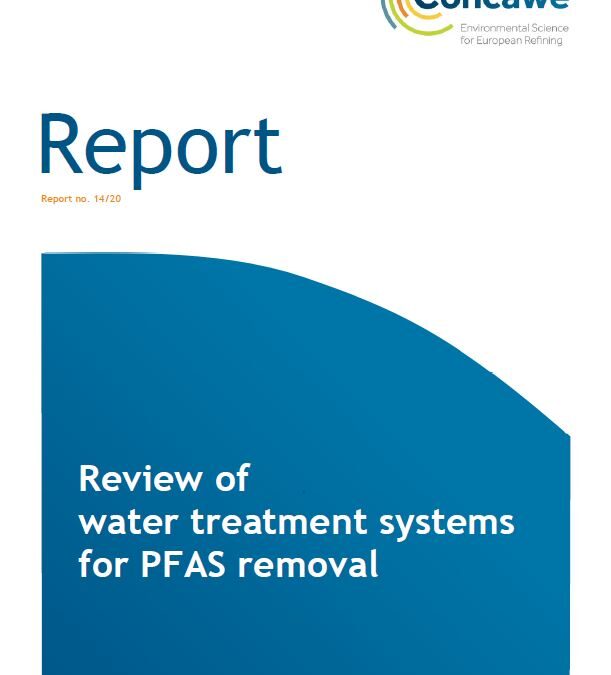
Review of water treatment systems for PFAS removal
Report no. 14/20: The group of perfluoroalkyl and polyfluoroalkyl substances (PFAS) is a large family of anthropogenic substances with a wide range of industrial applications. Due to their specific properties, PFAS are also used as ingredients in many formulations of...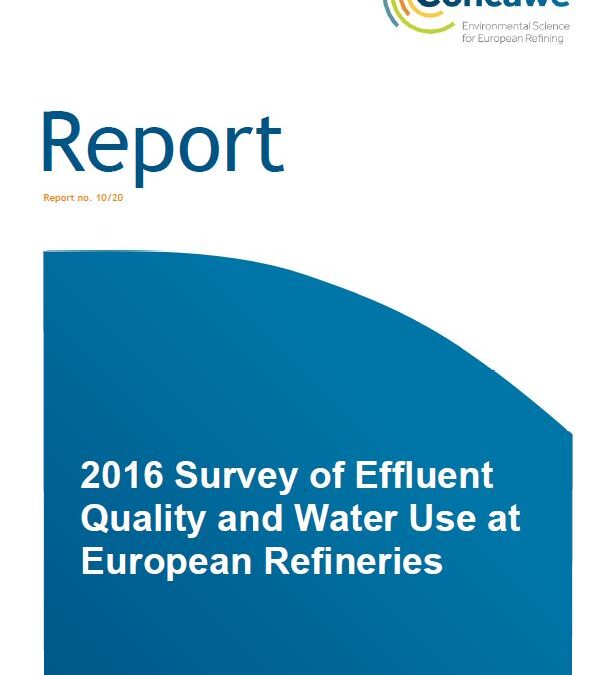
2016 Survey of Effluent Quality and Water Use at European Refineries
Report no. 10/20: Since 1969, Concawe has been gathering and compiling data on aqueous effluents from European oil refinery installations. Surveys have been completed at 3-5 yearly intervals and the survey design has been updated over time to address various...